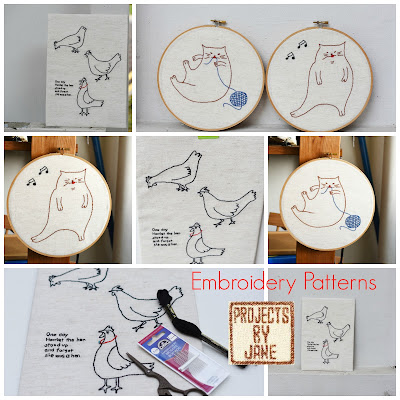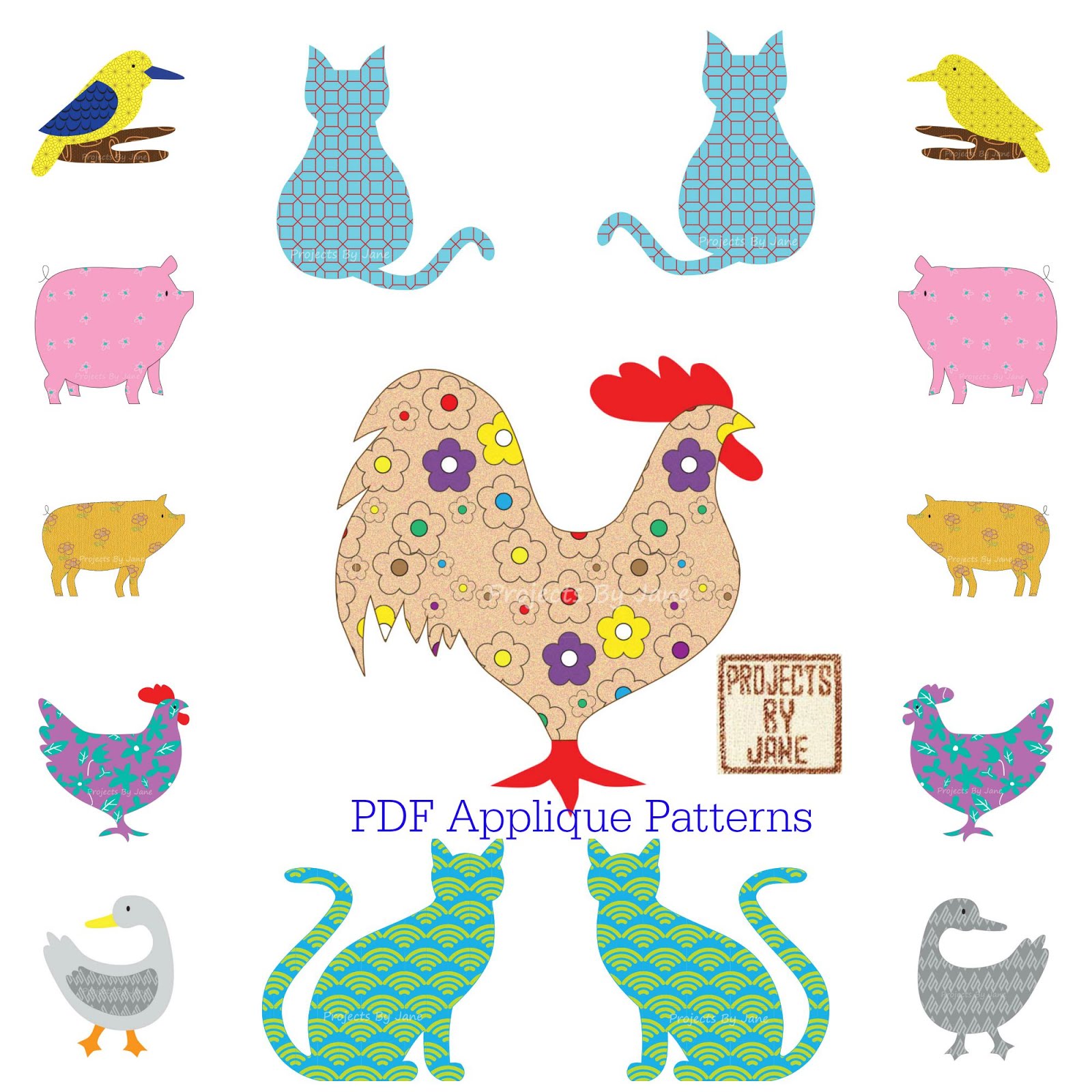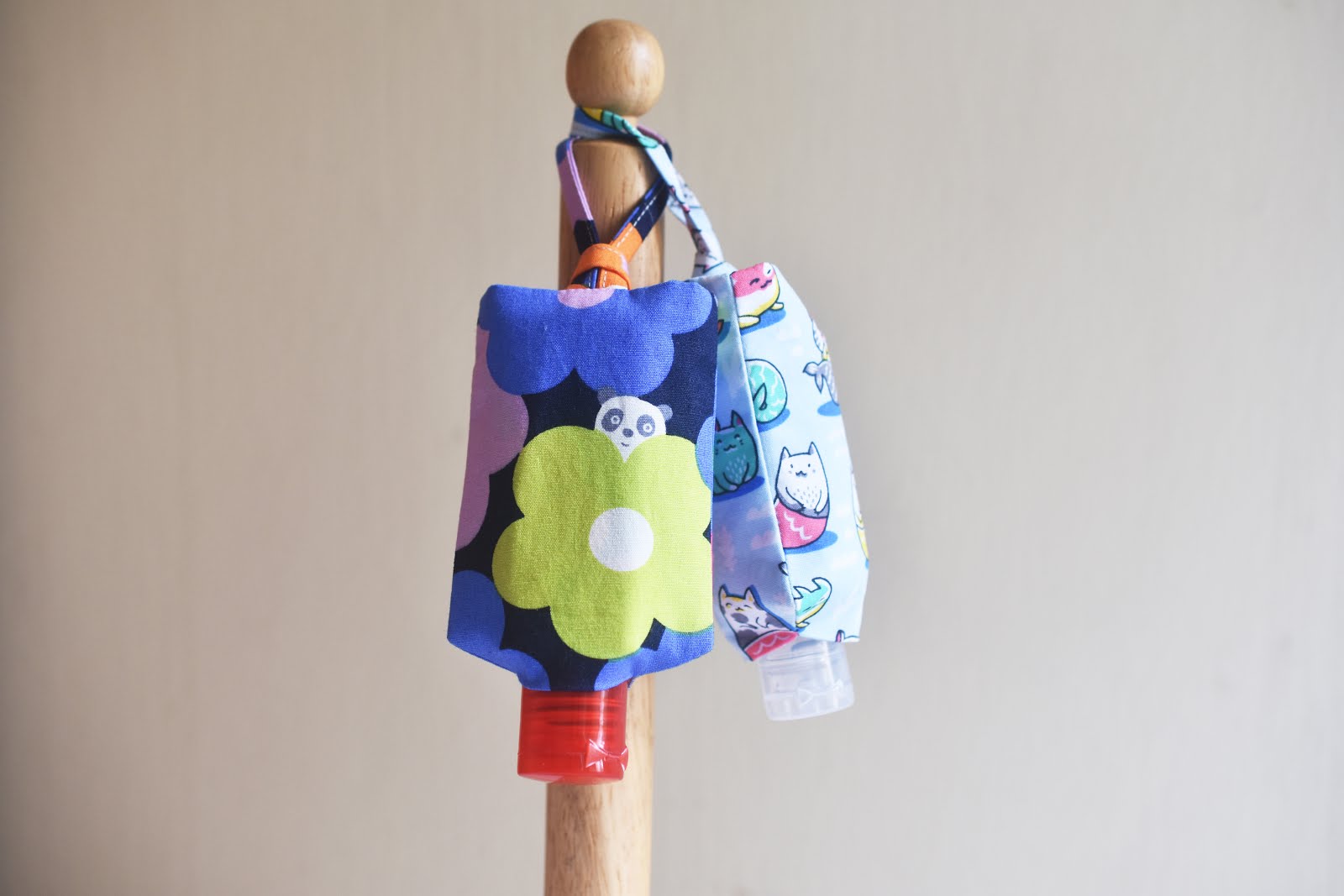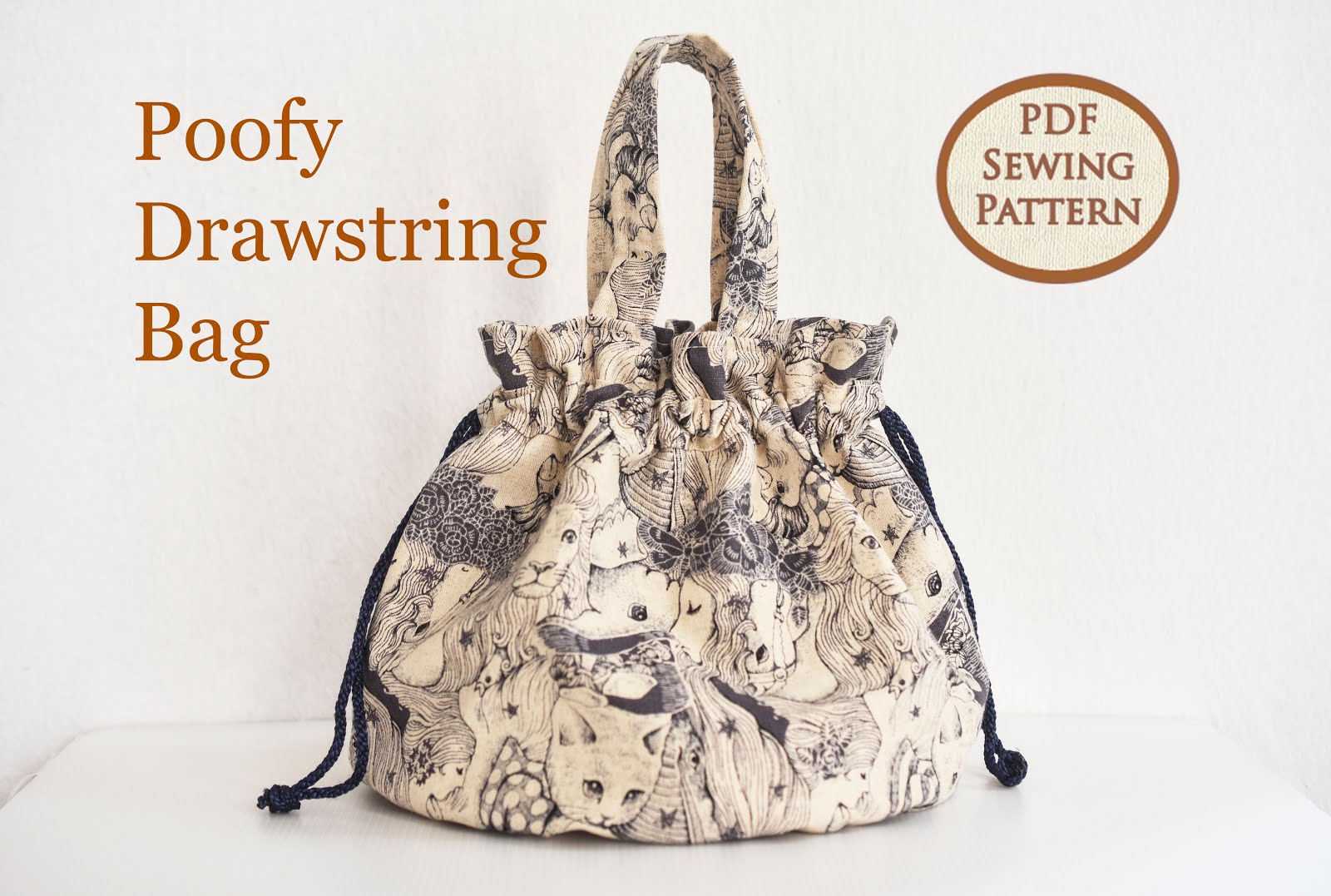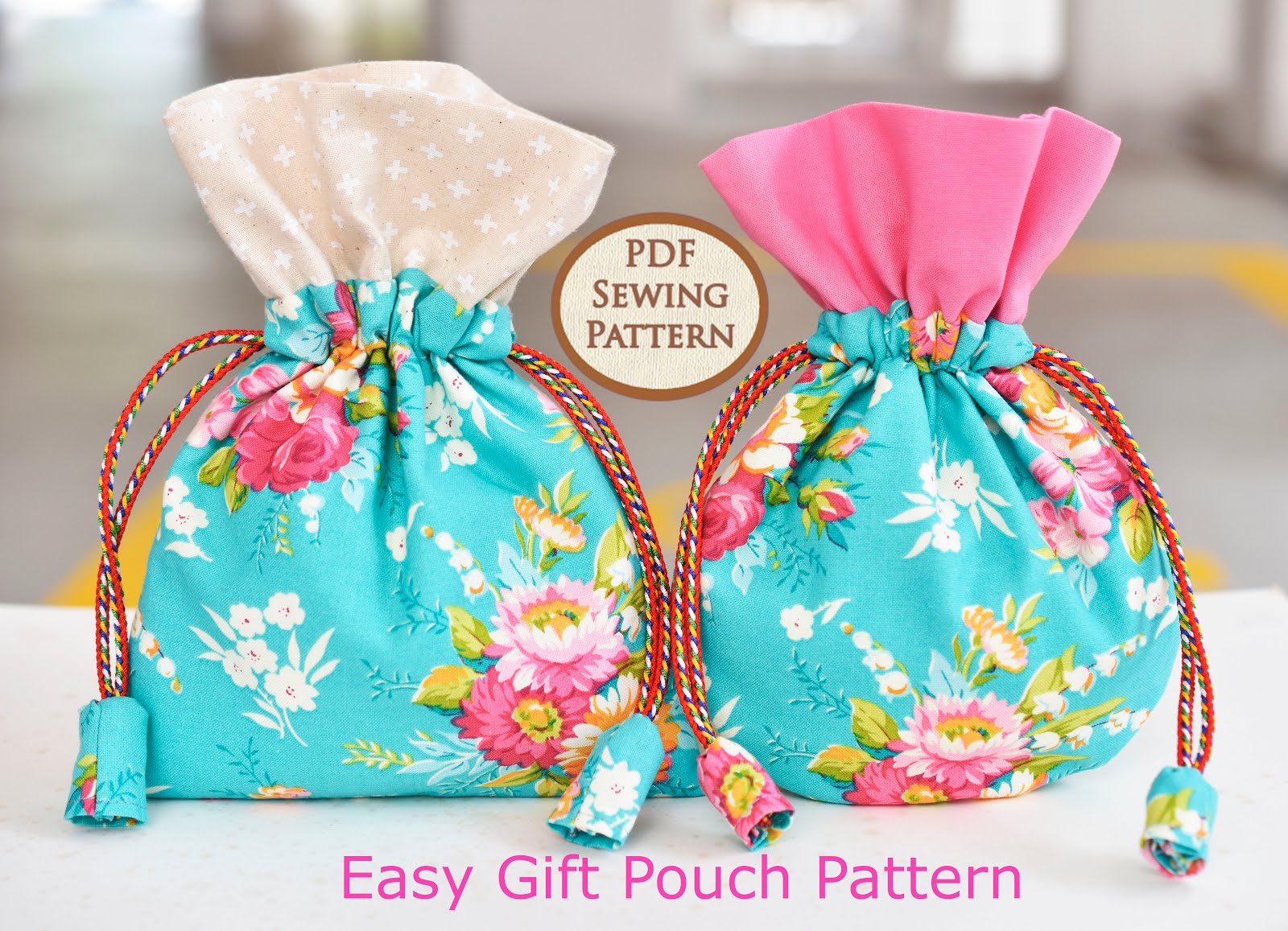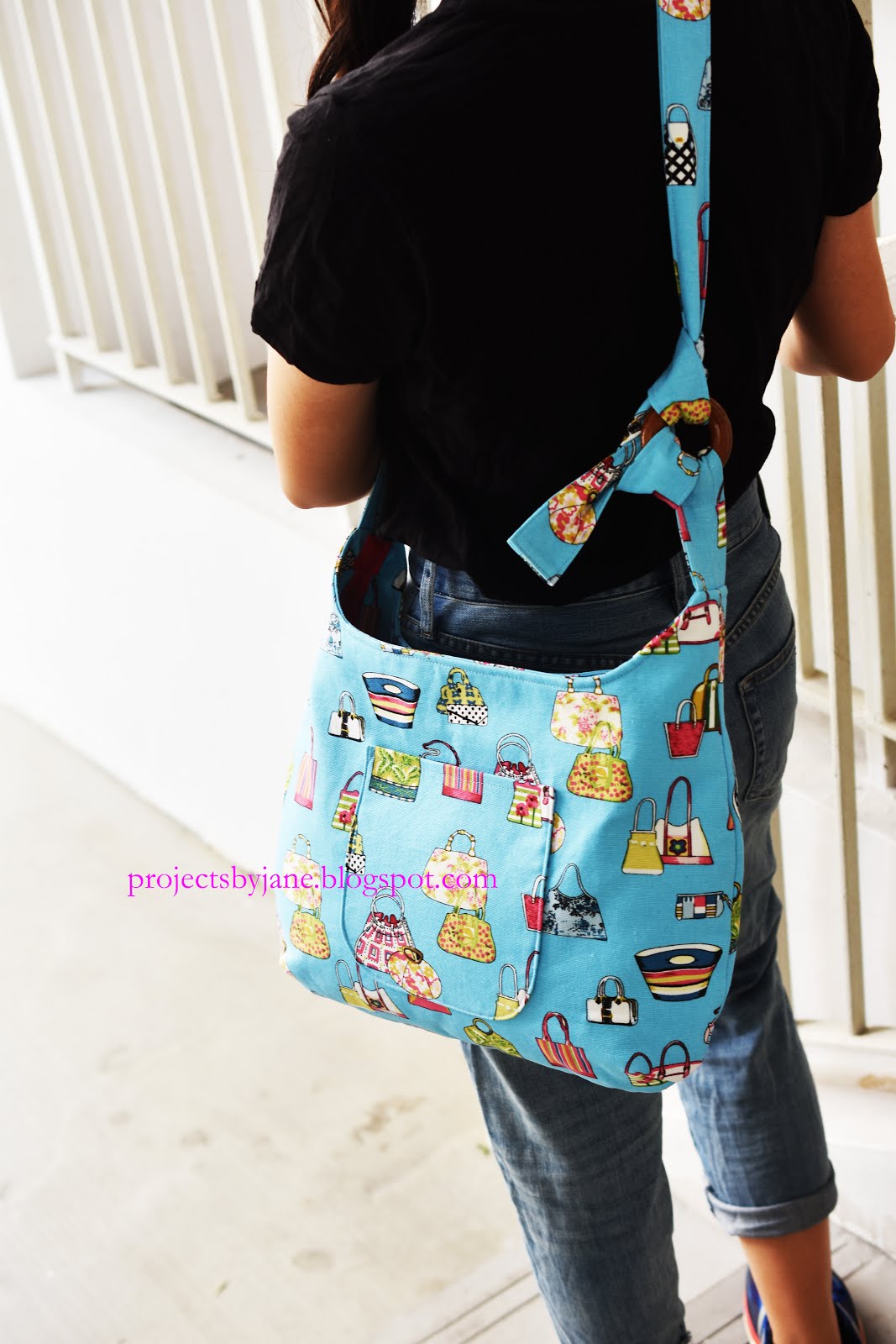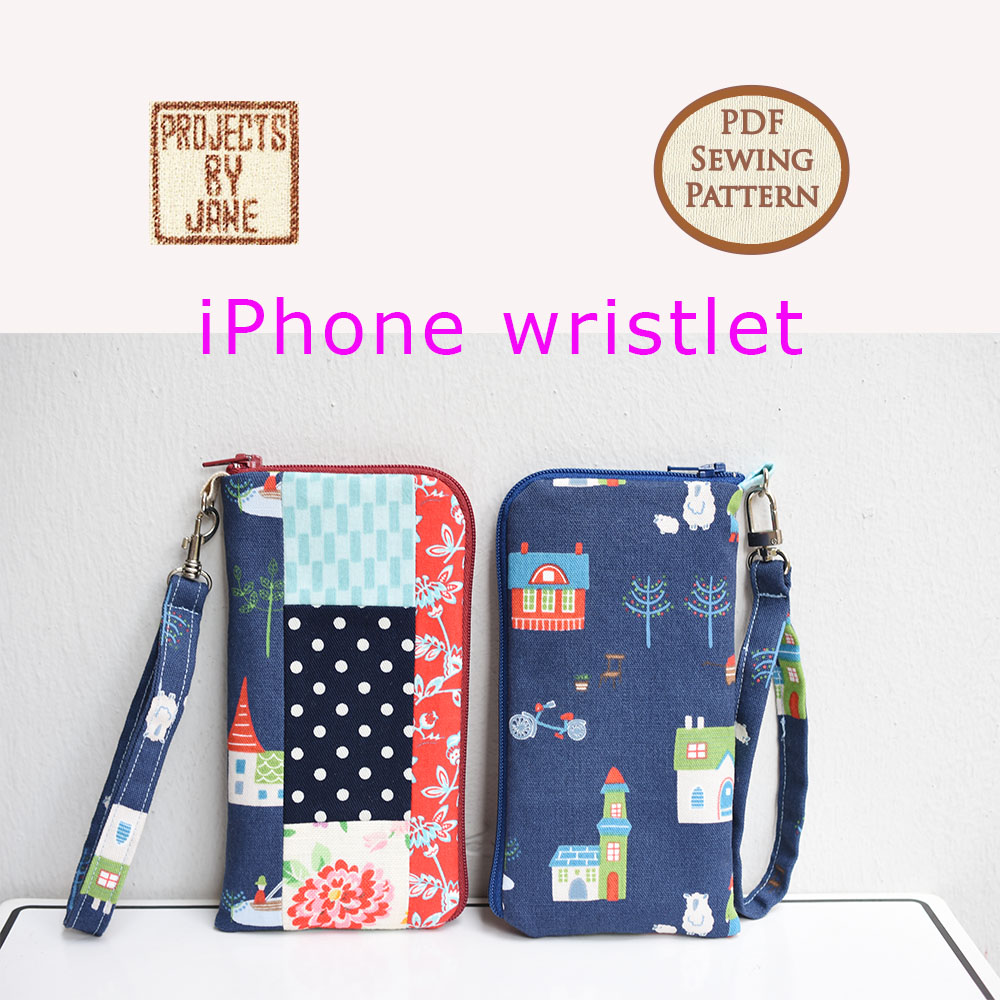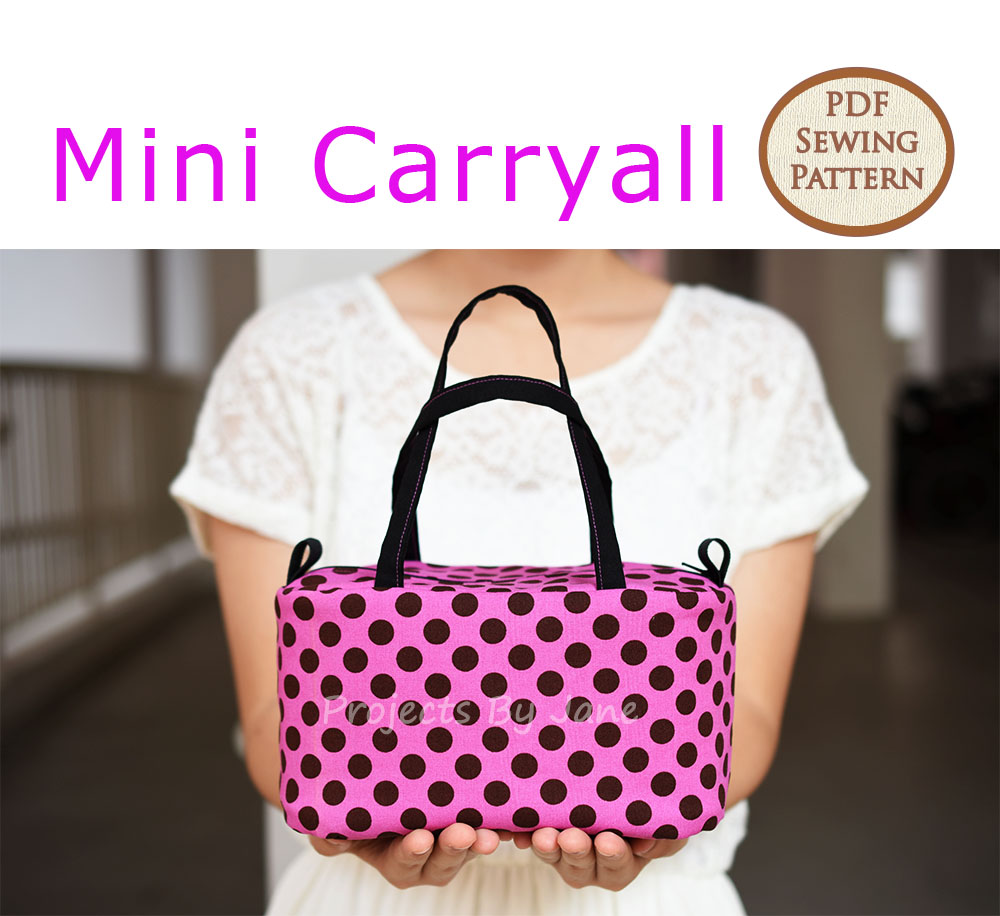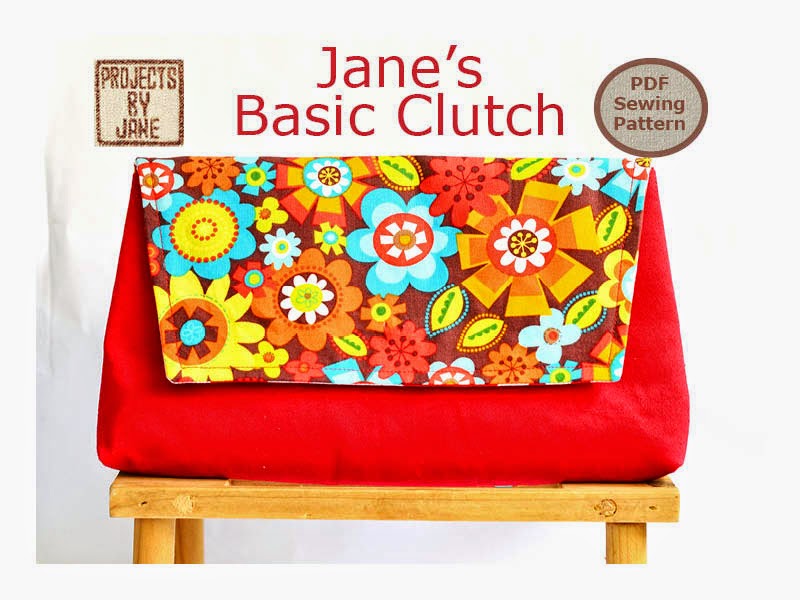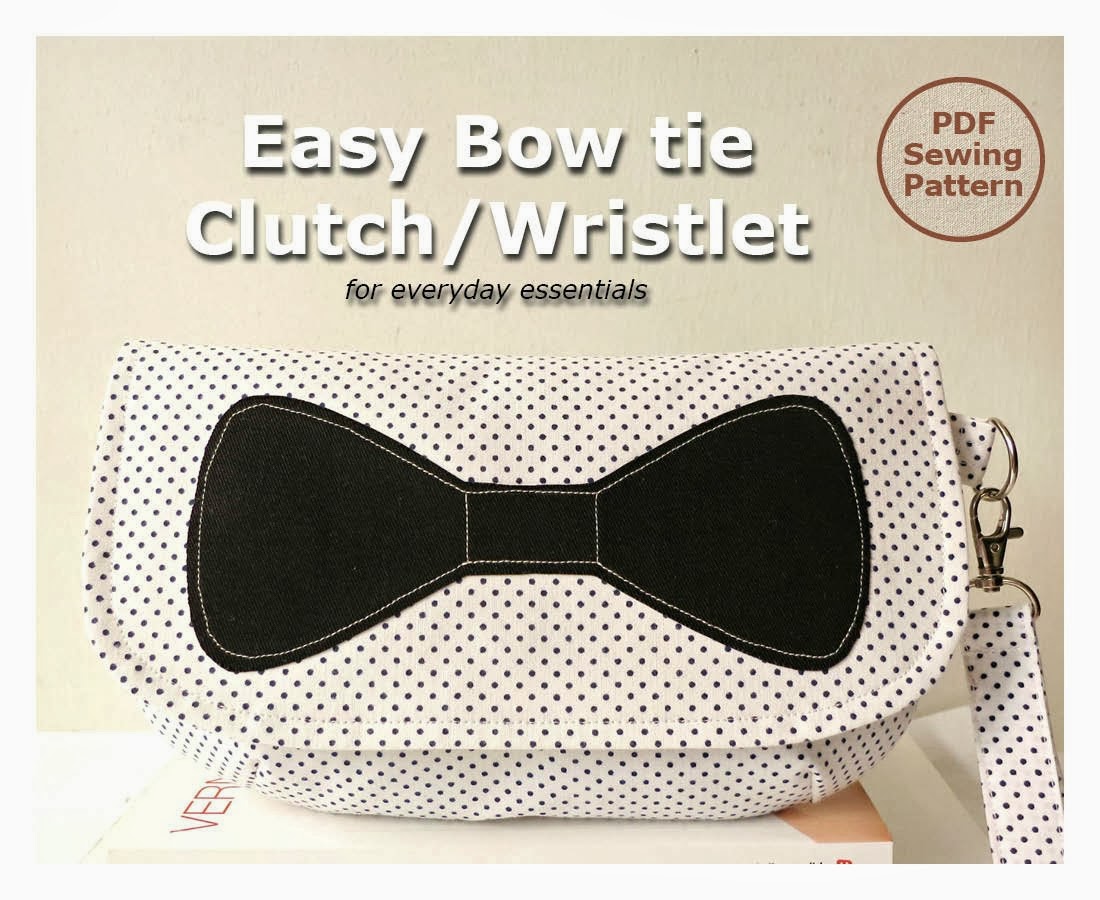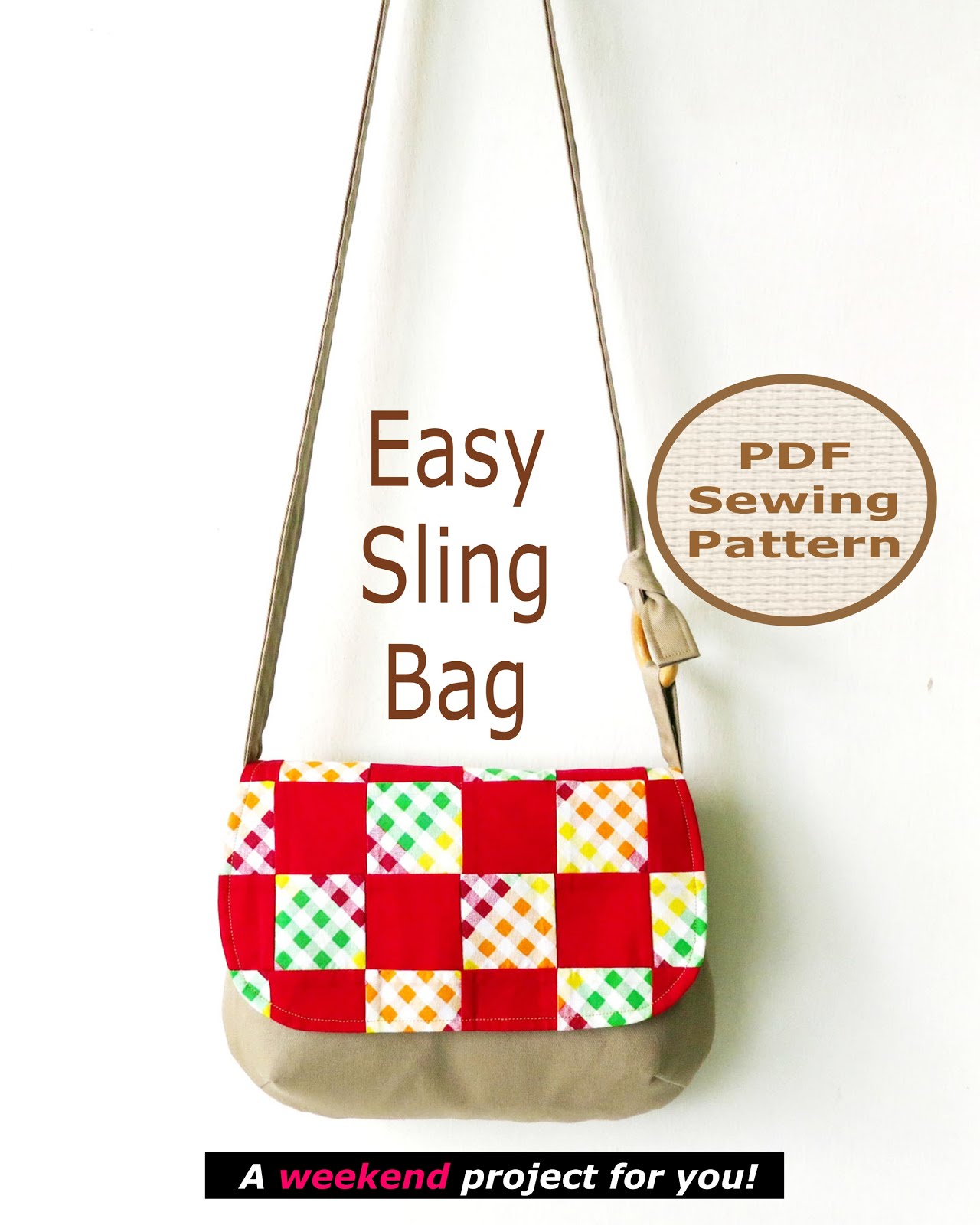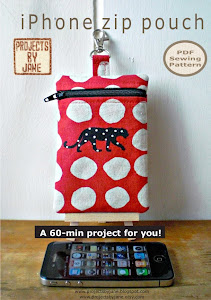p.s. if you own one of those sewing machines that has built in functions specifically for applique such as cornering, pivoting, you should refer to your own machine instructions on how to use them.
What you need
An open toe foot (if you are sewing through several layers, you can also use a walking foot)
Blanket stitch on your sewing machine (I use a Janome)
(Note that on my machine, my default setting is needle down - this means when the machine stops sewing, the needle position is always down)
1
Learn how your blanket stitch is sewn on your machine. Refer to your sewing machine manual to select the blanket stitch option.
Next try out the stitch on some scraps. Observe how the stitches are formed and figure out what the repeat pattern of stitches is.
On some machines, it’s one forward stitch, left stitch, right stitch and this is one repeat. We'll call it Scenario A.
On my machine, it’s one forward stitch, one stitch back and a second forward stitch (that’s 3 straight stitches), left stitch, right stitch to make one repeat. We'll call it Scenario B.
One other thing my machine has is it starts with a locking stitch - up/down on same position a few times. My machine also remembers where it left off and will continue the blanket stitch unless I do a reset.
2
If your machine allows you to change the size of the stitch, you should try different variations and see which one appeals to you.
If you change the width of the stitch, you are only changing the stitch that goes left and right. If you change the length of the stitch, you are only changing the stitch that goes forward/backward.
I start with the default settings and then reduce the width (zigzag). On my machine, my default length is 2.5 and can only be adjusted down and not up. 2.5 to me is pretty short so I stick with it. I find that I like my stitches to be 2 to 2.5 for width and 2.5 for length.
3
Here I will tell you a few things I do which you don't necessarily have to follow but they work for me.
Thread: I use average weight thread, meaning the same thread I use for sewing bags, clothes - I use it for my applique as my top thread and bobbin thread. I always use the same thread for top and bobbin, including using the same colour. Some people use a special bobbin thread. Some people use fine thread for top thread. Some use thicker thread for top thread. These are all personal preferences. What's important is you use the right needle for the kind of thread you are using.
When it comes to colour of thread, I want it to show and I go for black or something contrasting. If you want your stitches to blend in, then match them to the colour of your applique instead of the background.
Needle: I use 80/12 sharp needles which suit average weight thread.
Tension setting: I use Auto.
Stabilizer: I usually use stabilizer because I only have the applique over one layer of fabric. When I don't use stabilizer, I see some puckering. If you are sewing through several layers (like a quilt), a stabilizer might not be necessary. You need to try it out and see.
Speed: I sew slowly.
4
Beginnings and ends of thread
- you could bring the bobbin thread up (needle up and needle down will bring it up so you can keep it out of the way) or you could leave the bobbin thread as per normal as long as you keep it out of the way
- when you are finished with stitching around one motif, leave some thread
- from the back, pull whatever front thread you can to the back
- whatever thread left in front which you can't pull to the back, thread it into a needle and bring it to the back
- from the back, knot off the threads and cut
5
Where to start the first stitch?
Generally, I would choose to start where I could hide that it's my starting point. If the applique has no sharp points or corners, I would start on the straightest or least curvy path. If I have corners, like a square/rectangle or a leaf with pointy ends, I like to start right at the tip. Once you have sewn a number of appliques, you will have your own preferences on where to start.
6
This is how your needle is positioned when sewing a blanket stitch. Notice that only the left/right stitch pierce the applique. The forward/back stitch lie on the perimeter of the applique.
Why do you pivot and when do you pivot?
When the edge of your applique is a straight line, you won't need to pivot until you reach a corner or until it's no longer a straight line. For applique with curved lines, you need to pivot a lot. The general principle is we always want the forward/back stitch to lie right next to the raw edge of the applique. When the needle takes a stitch forward or backward, it does it in a straight line. So the goal is to align the edge of our applique such that the next forward stitch sits next to the raw edge.
For me, the best position to pivot for curves is right after you have completed the right stitch and your needle is right snug against the edge of the applique. (see image below)
In the image above, you can see clearly that if I didn't pivot the applique, my next forward stitch will not be snug against the edge of the applique and we don't want that.
In the image above, I did a pivot (needle down, presser foot up, shift applique slightly to the right) Now I'm confident my next forward stitch will lie snug against the edge of the applique.
7
Practice on an applique that looks like this. There isn't much difference between sewing on the outside curve and the inside curve. Sew slowly. Each time you finish with the right stitch, see if your next forward stitch will lie snug against the raw edge of the applique. Pivot to line up. When you reach where you started your blanket stitch, end with the right stitch.
8
Below I have captured how I handle the corners of a simple rectangle/square. Some people may handle the square corners differently but for me, this way works every time consistently.
At step 5 (in above image), I "hid" my left and right stitches by sewing over the previous stitch (which lie snug against the applique). You will notice that at each of my 4 corners, I will have one stitch being crossed.
9
Below I have captured how I sew blanket stitch on a leaf with 2 pointy ends.
Although in step 6 (in above image), I manually moved my needle up to re-position my applique, I'd like to caution you that if you move your needle up too much you could end up using one stitch. So if you think your next stitch is a forward stitch, it could end up being a left stitch. On my machine, if the next stitch is a left stitch, if I manually move my needle up, it will just go left so I can't manually move my needle until the next stitch is a forward stitch. Another thing which might happen if you mess with the needle position is if you pull up too much bobbin thread in the process, you could end up jamming your machine. You really need to try it out and see for yourself.
10
Below I have captured how I sew blanket stitch on a heart. In case it's not obvious enough, in the image below, in step 3, after you pivot, you need to make one stitch.
Although a heart has a pointed tip, I did not start at the tip as it is a bit fatter and has room for me to stitch on instead of hiding the left/right stitch like how I did for the leaf.
11
Before you start sewing on an applique, you want to take a look at the shape and decide where you want to start and the tricky areas you need to pay attention to. If I were to applique a star, I can see that the tip of the stars is a good place to start as it's almost like my leaf except with straight lines. The star has inside corners like the heart and I would use the same method. I would end the same way I end the leaf.
I hope this is helpful to some of you.
**********************************************************************
Bag patterns at my Etsy shop

Applique patterns at my Etsy shop

For more Applique Resources
For more Tutorials



























.jpg)






















